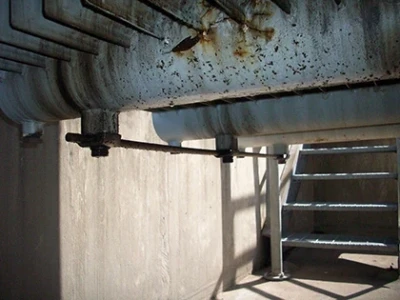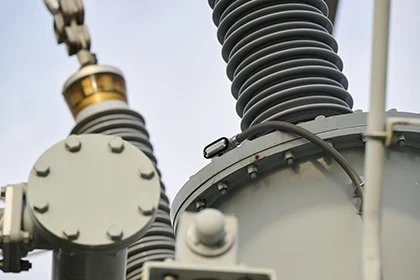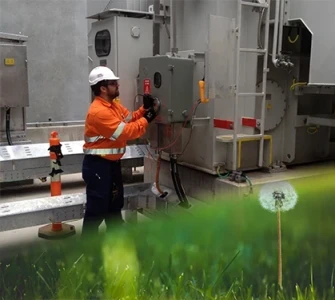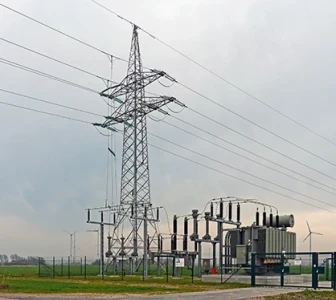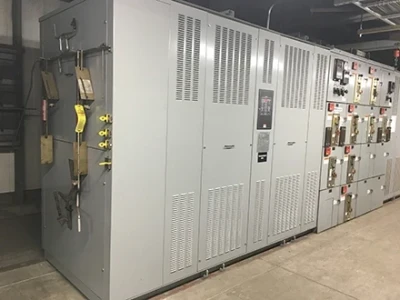The Distribution Transformer - Critical Power System Component
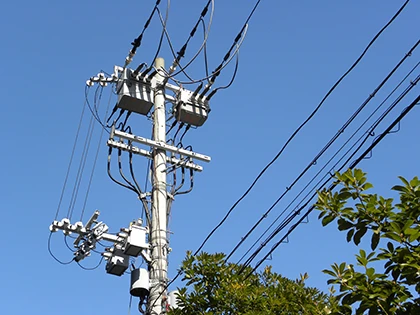
By R.W. Hurst, Editor
A distribution transformer is a critical component of the electrical power system, used to reduce the voltage of electrical energy for electric power distribution to end-users. It plays a vital role in voltage regulation and load management, ensuring the efficient and reliable delivery of electrical energy. Different distribution transformers are available to meet different needs, and regular maintenance is critical to ensuring their efficient and reliable operation. The choice depends on the load it needs to serve and the application’s specific requirements.
One of the primary benefits is that they allow for voltage regulation in a distribution system power supply. Voltage regulation maintains a consistent voltage level despite fluctuating load or demand for electrical energy. This ensures that the electrical equipment in our homes and businesses operates properly and does not suffer from damage due to voltage spikes or drops.
Maximum efficiency is another critical factor when it comes to a distribution transformer. They have copper and iron losses, which can result in wasted energy and reduced efficiency.
Therefore, the design must ensure it operates efficiently and doesn’t waste energy. Transformers that operate at higher frequencies can help reduce iron losses, while ones with larger cores can help reduce copper losses.
Read full article in the Electrical Power Transformers T&D Technologies Special Edition 2023

